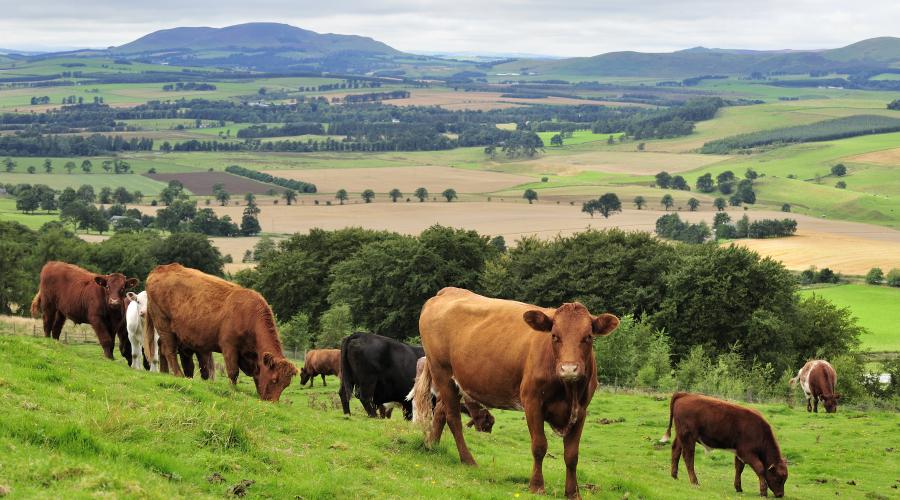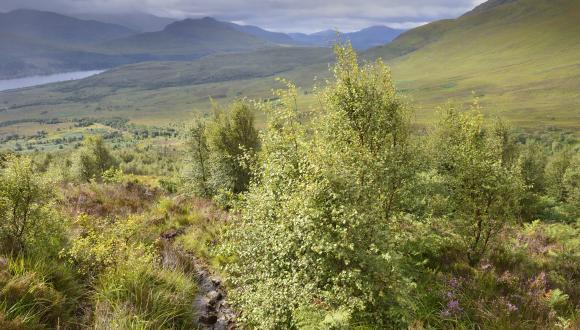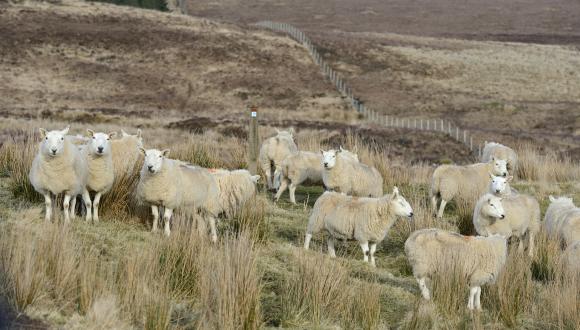
Landscape and land management
Land management is a broad term used to cover many human activities that affect the character of Scotland’s landscapes.
Landowners generally make decisions about land management, which can include the management of forests, woodlands, lochs, rivers, farmland and uplands.
Decisions can be influenced by:
- obligations towards protected species
- obligations in terms of managing wildlife
- rural development policies and incentives such as the Scottish Rural Development Programme (SRDP)
Find out more about managing the land
Farming and crofting
Agriculture is one of the main influences on the evolution of the Scottish landscape.
Hill farming determines much of the character in the uplands through its pattern of in-bye and features such as steadings, sheepfolds and stone dykes.
These landscapes contrast with the lowlands, where bold field patterns and varied cropping, pastures, hedges and trees contribute to landscape character.
Crofting areas in the north and west of Scotland show a small-scale patchwork of pasture, meadow and cultivated land, walls and scattered dwellings.
Some practices in the last half of the 20th century resulted in detrimental effects on farmed landscapes. Landscape objectives are now included in financial incentives to land managers through agri-environment schemes. In Scotland, these are delivered through SRDP.
Forestry and woodlands
The presence or absence of forests and woodlands, and how they fit with other landscape elements, helps to determine the character of an area. Their design and management can also significantly affect landscape character.
The Forestry Commission’s Forests and landscape: UK Forestry Standard Guidelines explain how the design of proposals for planting and other forest work can be designed in sympathy with the character of the landscape.
This is particularly important given the planned woodland expansion across Scotland. One of the aims of the Scottish Forestry Strategy is to expand and improve the quality of woodlands around settlements to provide an improved landscape setting.
The right tree in the right place: Planning for forestry and woodlands guides planning authorities in how forestry planting and restructuring can contribute to the environment and economy of an area. Planning authorities should safeguard and enhance landscape character, and protect areas of landscape value.
View more Forestry Commission Scotland strategy, policy and guidance.
Deer fencing poses particular challenges for landscape. Removing grazing animals from within a deer fence enclosure can cause contrasting vegetation patterns to develop within and outside the fenced area. Over time, this may emphasise the visual impact of the fence-line and have a noticeable effect on landscape character.







